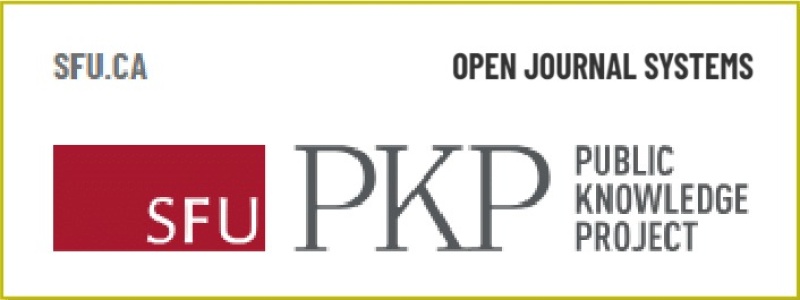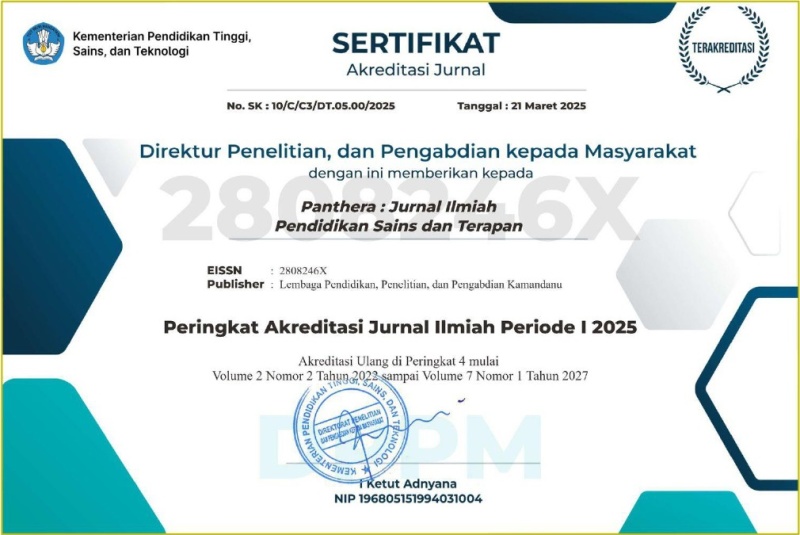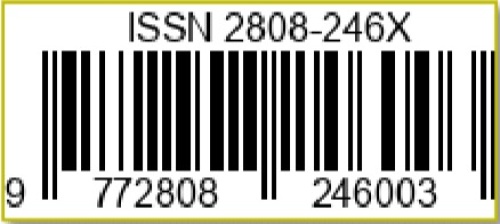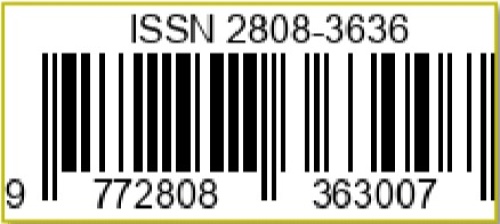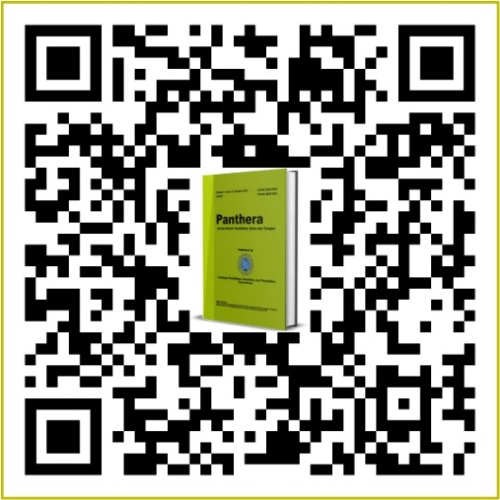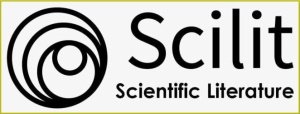Pengaruh Pemberian Dosis Pupuk Bio-Slurry Cair terhadap Pertumbuhan Tanaman Cabai Rawit (Capsicum frutescens L.)
DOI:
https://doi.org/10.36312/pjipst.v2i1.57Keywords:
Liquid Bio-Slurry, Dosage, Fertilizer, Growth, Capsicum frutescens L.Abstract
Liquid Bio-slurry is the final product of wastewater treatment in the form of liquid sludge which is very useful as a source of nutrients for plants. Liquid Bio-slurry contains nutrients that are very important for plant growth, namely macro nutrients, Nitrogen (N) 0.03% - 1.15%, total P, 0.02 – 0.04, total K 0.07-0.6 %, total Ca 1.402-2900 ppm, Mg total 1.200-1,544 ppm, S total 0.50%. In addition to macronutrients, Bio-slurry also has the required micronutrients in small amounts, for example Iron (Fe) total 0.01 ppm, Mn total 132.5-714.3 ppm, Cu total 4.5-36.2 ppm, and Zn a total of 1,200-1544 ppm, a total of 29.7 ppm Mo, and a total of 56.3 ppm B. This study aims to determine the effect of giving a dose of liquid Bio-slurry on the growth of cayenne pepper (Capsicum frutescens L.) as an effort to find a new solution to the fertilizer problem for the community. This research was conducted in Mangunjaya Village, Arjasari District, Bandung Regency. The number of samples used in this study were 24 samples of cayenne pepper trees. This type of research is a pure experiment and uses a completely randomized design (CRD). The study used 4 treatments with 6 replications using liquid Bio-slurry, with fertilizer concentrations of 30%, 50% and 70%, with research parameters namely stem height, number of leaves, wet weight, and dry weight. Data collection techniques were carried out by observation and documentation techniques. The data in this study were analyzed using One Way ANOVA (Analysis of Variance) using the SPSS 14 for Windows program at a level of 5%. Based on the results of the study, the data obtained at a dose of 70% were as much as 14.5 stem height, 8 leaves, 1.5 wet weight and 0.4 dry weight. The dose of 50% was 13.5 stem height, 8 leaves, 1.3 wet weight and 0.3 dry weight. The dose of 30% was 12.5 stem height, 7 leaves, 1.3 wet weight and 0.3 dry weight. While in the control stem height was 10.2, the number of leaves was 6, the wet weight was 0.7 and the dry weight was 0.0. Based on the results of the study, it can be concluded that in this study the dose of liquid Bio-slurry fertilizer had a significantly higher effect on the growth of plants that had quite a lot of leaves such as vegetables.
Downloads
References
Arikunto, S. (2011). Prosedur Penelitian Suatu Pendekatan Praktek. Jakarta: PT. Rineka Cipta.
Cahyono, B. (2003). Cabai Rawit : Teknik Budi Daya dan Analisis Usaha Tani. Yogyakarta: Kanisius.
Haryati, T. (2006). Biogas: Limbah Peternakan yang Menjadi Sumber Energi Alternatif. WARTAZOA, 16(3), 160-169.
Marpaung, A. E., Karo, B., & Tarigan, R. (2014). Pemanfaatan Pupuk Organik Cair dan Teknik Penanaman dalam Peningkatan Pertumbuhan dan Hasil Kentang. J. Hort, 24(1), 49-55. https://doi.org/10.21082/jhort.v24n1.2014.p49-55
Mudiarta, I. M., Setiyo, Y., & Widia, I. W. (2018). Kajian Proses Fermentasi Bioslurry Kotoran Sapi dengan Penambahan Molase. Jurnal Ilmiah Teknologi Pertanian Agrotechno, 3(1), 276-284. https://doi.org/10.24843/JITPA.2018.v03.i01.p03
Nurshanti, D. F. (2010). Pertumbuhan dan Produksi Tanaman Sawi (Brassica juncea L.) dengan Tiga Varietas Berbeda. AgronobiS, 2(4), 7-10.
Parman, S. (2007). Pengaruh Pemberian Pupuk Organik Cair terhadap Pertumbuhan dan Produksi Kentang (Solanum tuberosum L.). Buletin Anatomi dan Fisiologi, 15(2), 21-31. https://doi.org/10.14710/baf.v15i2.2569
Prastowo, B., Patola, E., & Sarwono. (2013). Pengaruh Cara Penanaman dan Dosis Pupuk Urea terhadap Pertumbuhan dan Hasil Tanaman Selada Daun (Lactuca sativa L.). INNOFARM : Jurnal Inovasi Pertanian, 12(2), 41-52.
Sarif, P., Hadid, A., & Wahyudi, I. (2015). Pertumbuhan dan Hasil Tanaman Sawi (Brassica juncea L.) Akibat Pemberian Berbagai Dosis Pupuk Urea. e-J. Agrotekbis, 3(5), 585-591.
Simatupang, H., Hapsoh., & Yetti, H. (2016). Pemberian Limbah Cair Biogas pada Tanaman Sawi (Brassica juncea L.). Jurnal JOM Faperta, 3(2), 1-12.
Sugiyono. (2013). Metode Penelitian Kuantitaif, Kualitatif, dan R&D. Bandung: CV. Alfabeta.
Thabrani, A. (2011). Pemanfaatan Kompos Ampas Tahu untuk Pertumbuhan Bibit Kelapa Sawit (Elaisis guineensis Jack). Skripsi. Universitas Riau.
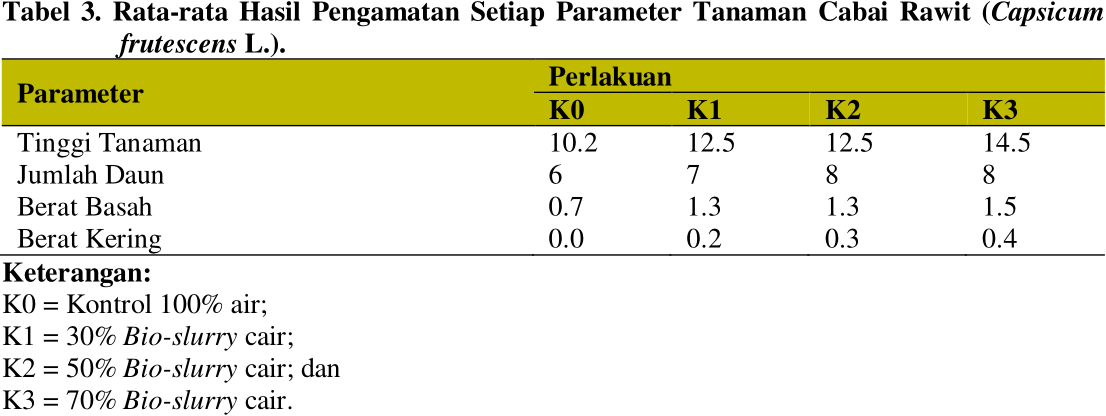
Downloads
Published
How to Cite
Issue
Section
License
Copyright (c) 2022 Yuyun Muliandini & Rini Rahmayanti

This work is licensed under a Creative Commons Attribution-ShareAlike 4.0 International License.
-
Attribution — You must give appropriate credit, provide a link to the license, and indicate if changes were made. You may do so in any reasonable manner, but not in any way that suggests the licensor endorses you or your use.
-
ShareAlike — If you remix, transform, or build upon the material, you must distribute your contributions under the same license as the original.

